Facts about Da Nang: Nestled along the shores of the South China Sea, Da Nang stands as a beacon of cultural richness and natural beauty in Central Vietnam. From its bustling port to its iconic bridges and delectable cuisine, this vibrant city offers a myriad of delights waiting to be explored. Whether planning a visit or seeking to delve into its storied past, here are seven captivating facts about Da Nang.
1. Coastal Haven
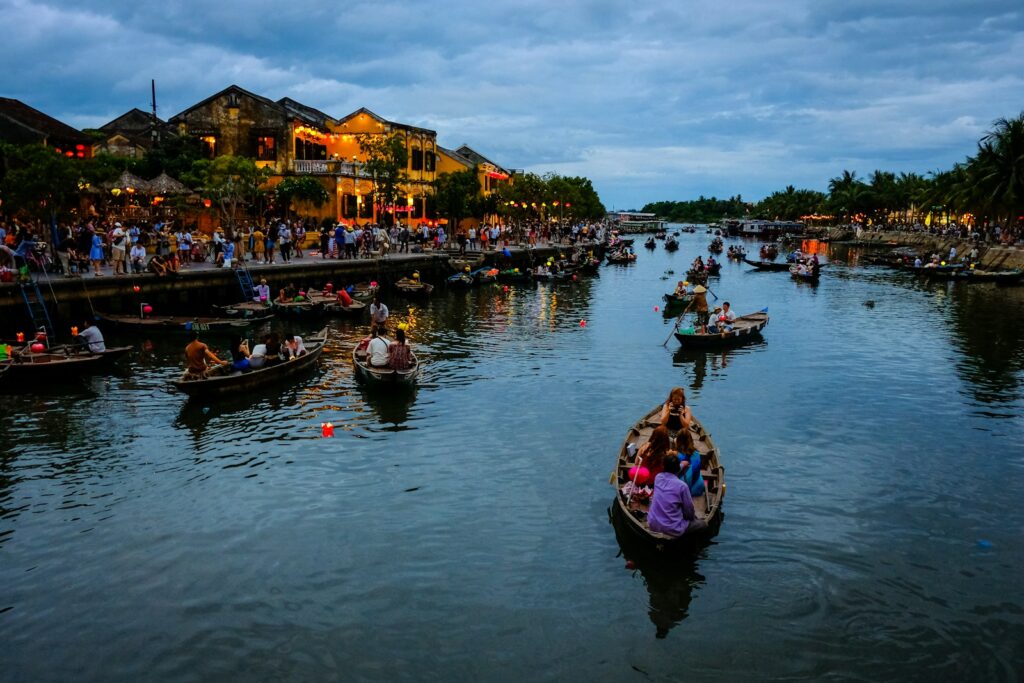
Da Nang sits majestically on the South China Sea’s coastline, serving as Central Vietnam’s bustling commercial and educational heart. With a population surpassing 1.1 million, it ranks as the fifth-largest city in Vietnam. It embodies a dynamic blend of tradition and modernity against the backdrop of its scenic coastal landscape.
2. Maritime Nexus
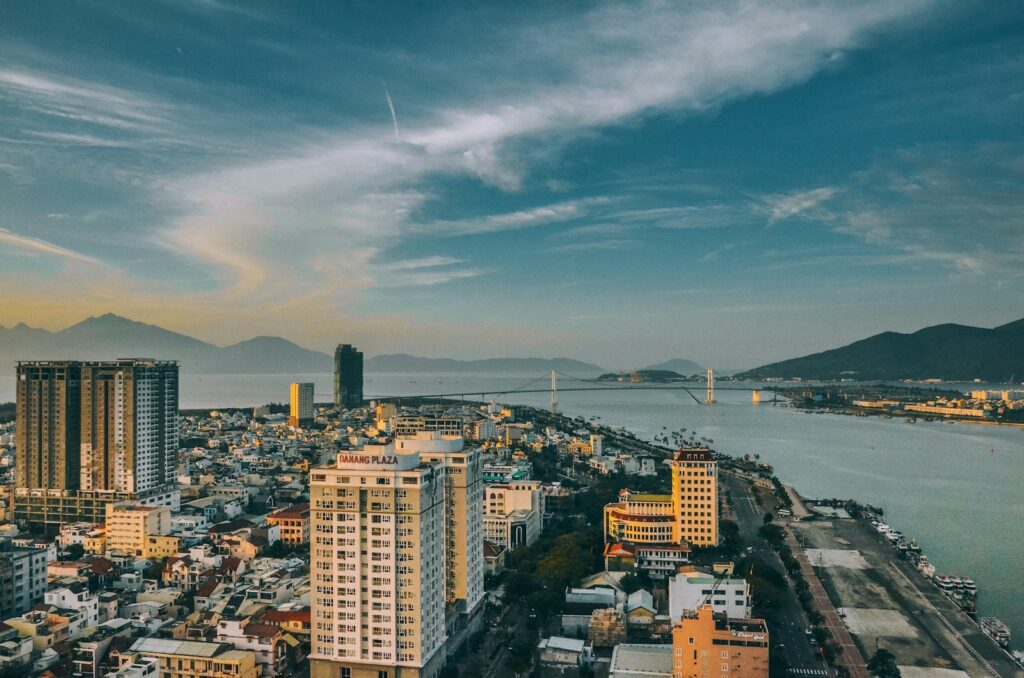
As one of Vietnam’s pivotal port cities, Da Nang boasts a rich maritime heritage dating back to its founding in 1901. The Da Nang Port, nestled within the expansive Da Nang Bay, is a testament to the city’s significance as a vital hub of trade and commerce. Serving as the linchpin of the East-West Economic Corridor, it facilitates connectivity between Myanmar, Thailand, Laos, and Vietnam, reaffirming its pivotal role in the region’s economic landscape.
3. Echoes of Champa
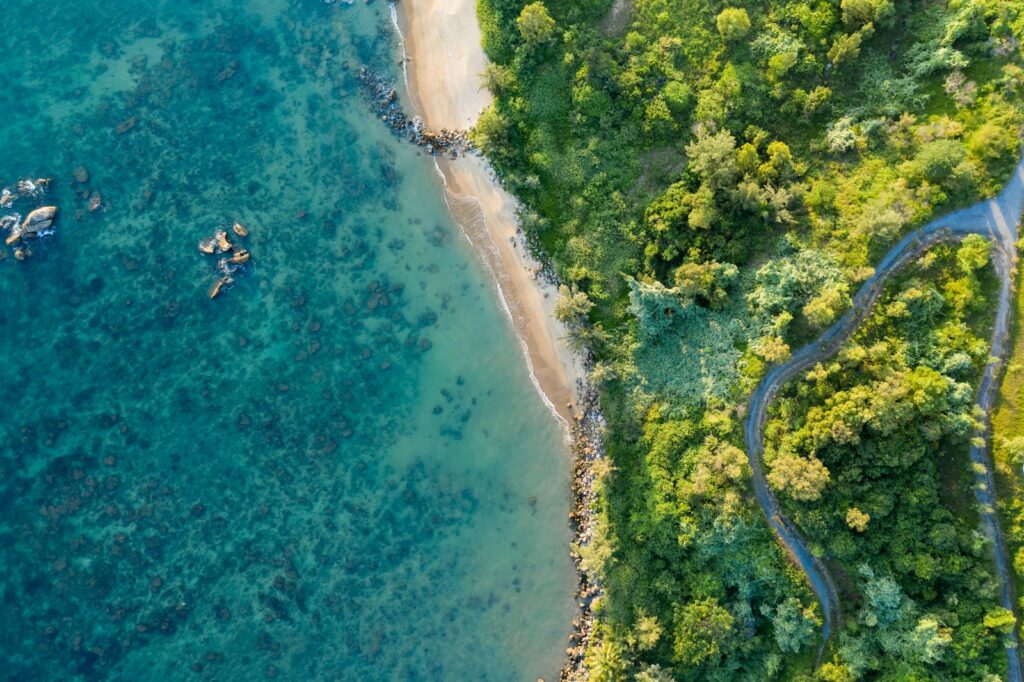
Rooted in antiquity, Da Nang traces its origins to the ancient kingdom of Champa, established in 192 AD. The Chams, an Austronesian ethnic group, wielded influence over a vast territory stretching from Huế to Vũng Tàu. Their legacy endures through the remnants of Cham architecture and cultural traditions, echoing the city’s rich historical tapestry.
4. Skyward Bound
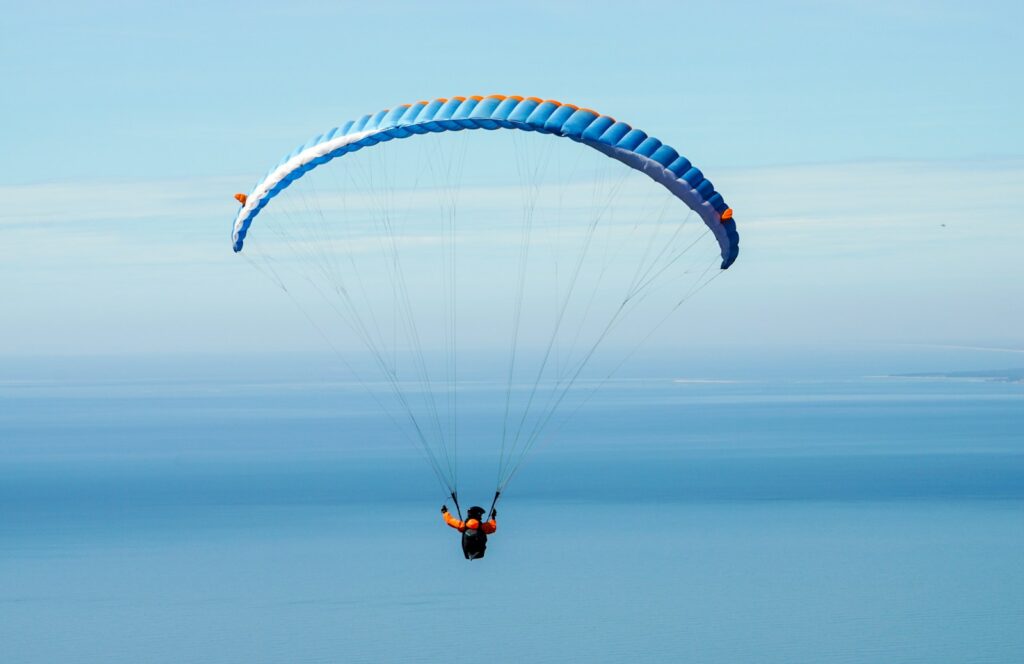
Adding to its allure, Da Nang is home to the Ba Na Hills Cable Car, a marvel of engineering prowess and breathtaking vistas. Holding multiple Guinness World Records, including the most extended one-wire sling and the longest unpatched wire, this cable car offers visitors a panoramic journey through the Ba Na Hills lush landscapes, elevating their experience to new heights.
5. Dragon’s Breath
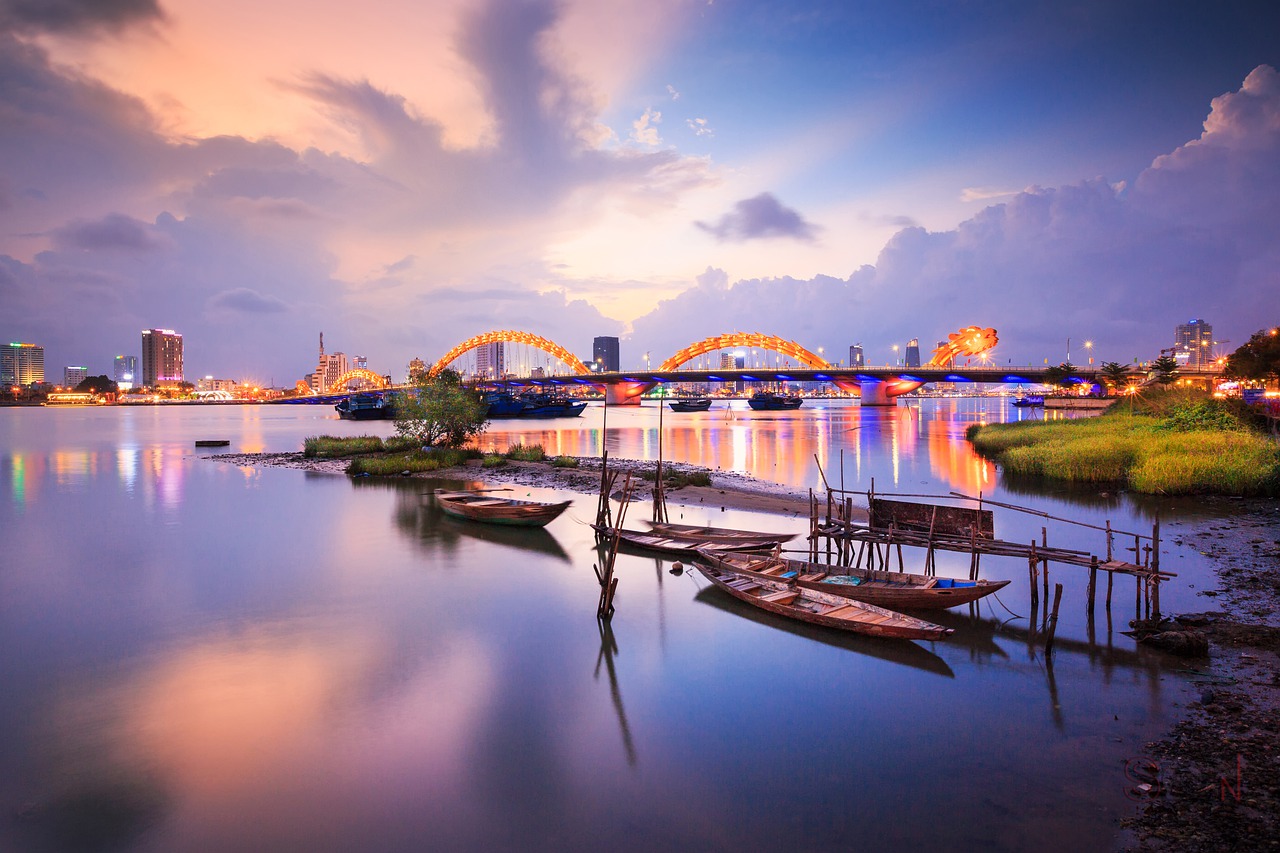
The iconic Dragon Bridge stands among the city’s architectural marvels, a testament to Da Nang’s innovative spirit and artistic ingenuity. Spanning the Hàn River, this awe-inspiring bridge captivates onlookers with its fiery displays, breathing life into the city’s nocturnal skyline every Saturday and Sunday night.
6. Origins Unveiled
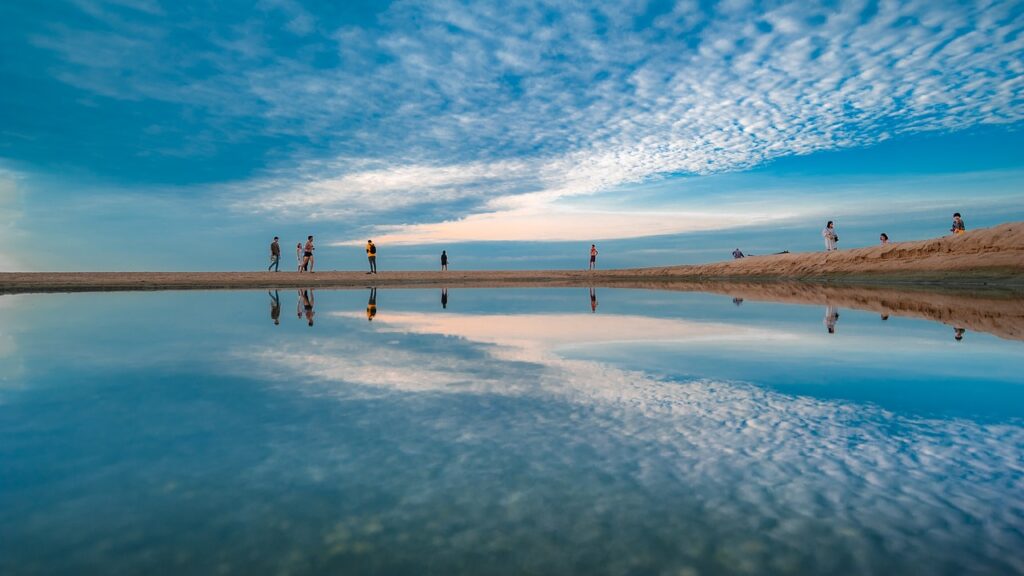
The etymology of Da Nang’s name, derived from the Cham word “da nak,” meaning “big river” or “main estuary,” reflects its deep-rooted connection to its watery surroundings. The city’s name has endured through the centuries, from ancient maps to historical texts, embodying its maritime legacy and cultural heritage.
7. Culinary Delights
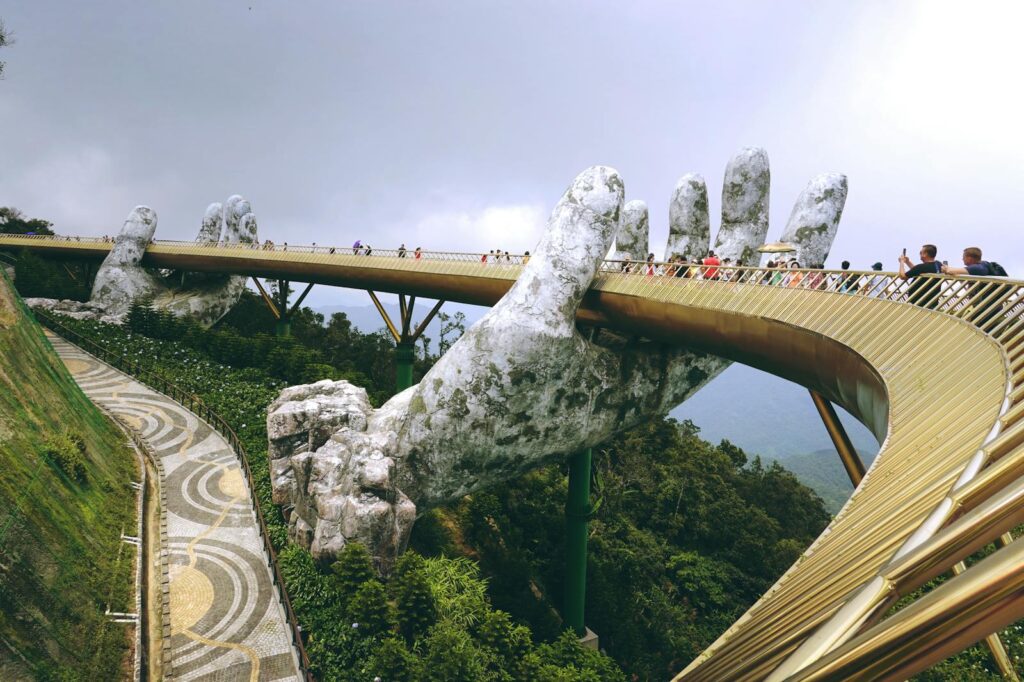
Every visit to Da Nang is complete with indulging in its tempting array of Central Vietnamese cuisine. From the aromatic flavors of mì quảng to the savory delights of bún chả cá, the city’s culinary landscape offers a sensory feast for the discerning palate, inviting visitors to savor the essence of its gastronomic heritage.
In conclusion, as the beating heart of Central Vietnam, Da Nang beckons travelers with its beguiling charms and rich tapestry of culture and history. From its maritime legacy to its culinary delights, the city offers a glimpse into the soul of Vietnam, inviting visitors to embark on a journey of discovery and wonder.
FAQs (Frequently Asked Questions) about Facts about Da Nang
1. Is Da Nang safe for tourists?
Da Nang is generally considered safe for tourists, with low crime rates and a welcoming atmosphere. However, exercising caution and following local customs and regulations is always advisable.
2. What are some must-visit attractions in Da Nang?
Popular attractions in Da Nang include the Marble Mountains, My Khe Beach, and the Linh Ung Pagoda, offering visitors a blend of natural beauty and cultural landmarks to explore.
3. How can travelers experience the local culture in Da Nang?
Travelers can immerse themselves in the local culture by attending traditional festivals, visiting local markets, and engaging with residents through cultural exchanges and guided tours.
4. Are there opportunities for outdoor activities in Da Nang?
Yes, Da Nang offers a range of outdoor activities, including hiking in the Marble Mountains, surfing at My Khe Beach, and exploring the Ba Na Hills lush landscapes.
5. What is the best time of year to visit Da Nang?
The best time to visit Da Nang is during the dry season, from February to May. The weather is mild, and rainfall is minimal, making it ideal for outdoor exploration and sightseeing.


